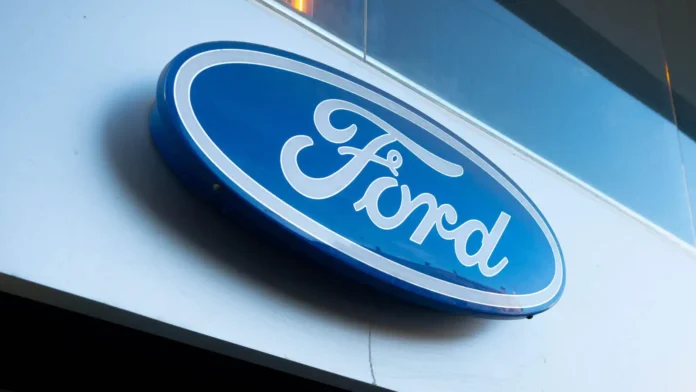Understanding the Impact of Tariffs
General Motors President Mark Reuss recently highlighted the substantial challenge facing the automotive giant, citing $5 billion in losses attributed to tariffs imposed by President Donald Trump. This economic landscape poses a significant hurdle, especially for a new entrant in the high-stakes world of Formula 1, such as Cadillac, which is set to debut in 2026. Despite these challenges, Reuss remains optimistic about the Cadillac F1 team’s ability to thrive.

Cadillac F1’s Strategic Response
As Cadillac prepares for its foray into Formula 1, it is crucial to understand how the team plans to mitigate the financial strain brought on by these tariffs. Reuss emphasized that the automotive industry operates within long-established frameworks to shield against sudden economic shifts. “We’re working to bring as much as we can into the United States and avoid the tariffs,” he stated, underscoring a proactive strategy that doesn’t compromise quality or competitiveness.
Long-term Prospects for Success
The billion loss figures prominently in conversations about the team’s future, leading many to question how Cadillac F1 will manage these economic pressures. Interestingly, Reuss assures stakeholders that the initiative will continue unabated. The team’s strategic moves, particularly in localizing production to minimize tariff impacts, suggest a commitment to not only navigating the current landscape but also paving the way for sustainable growth. With a clear vision and determined leadership, Cadillac F1 is poised to emerge resiliently from this economic turbulence.



